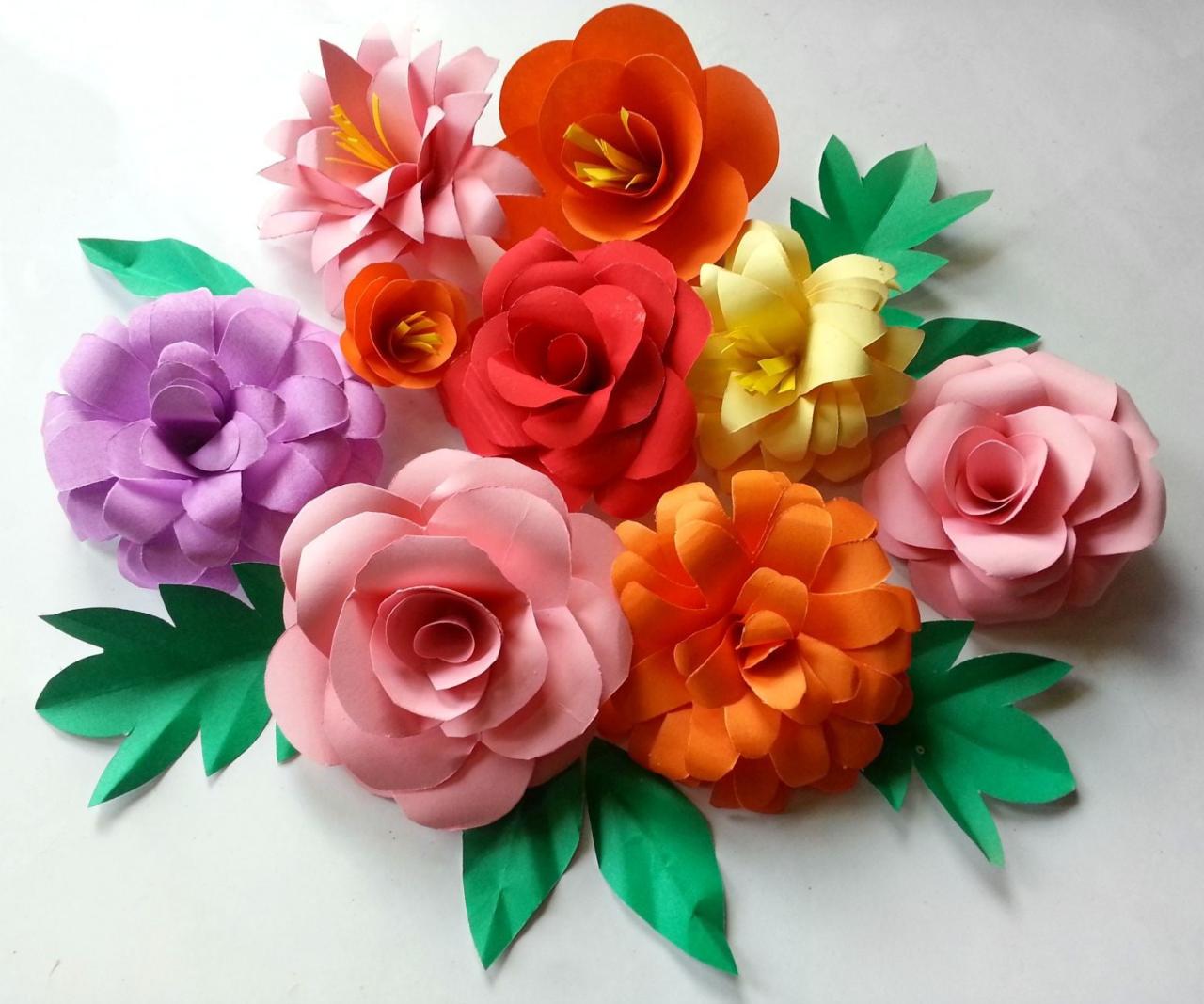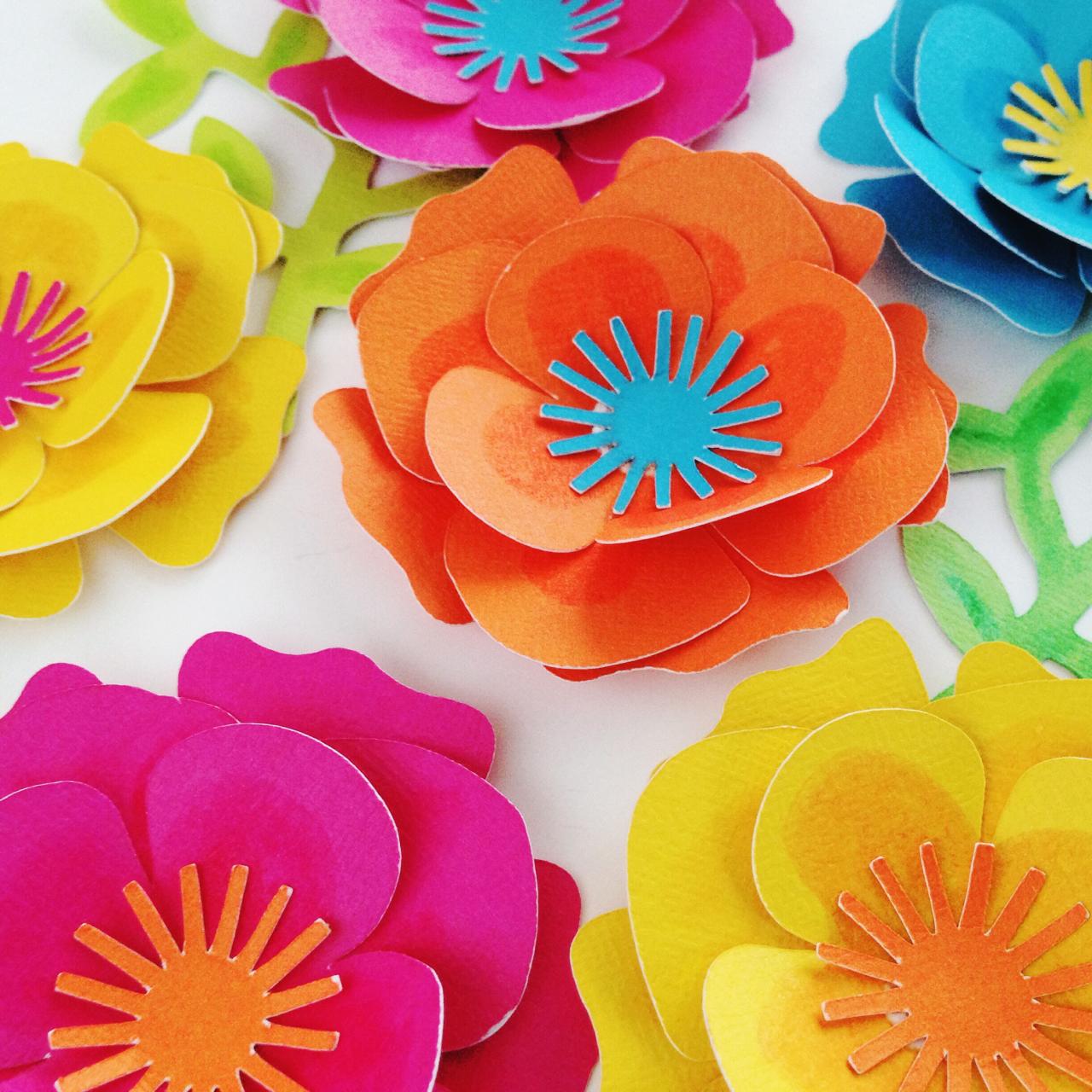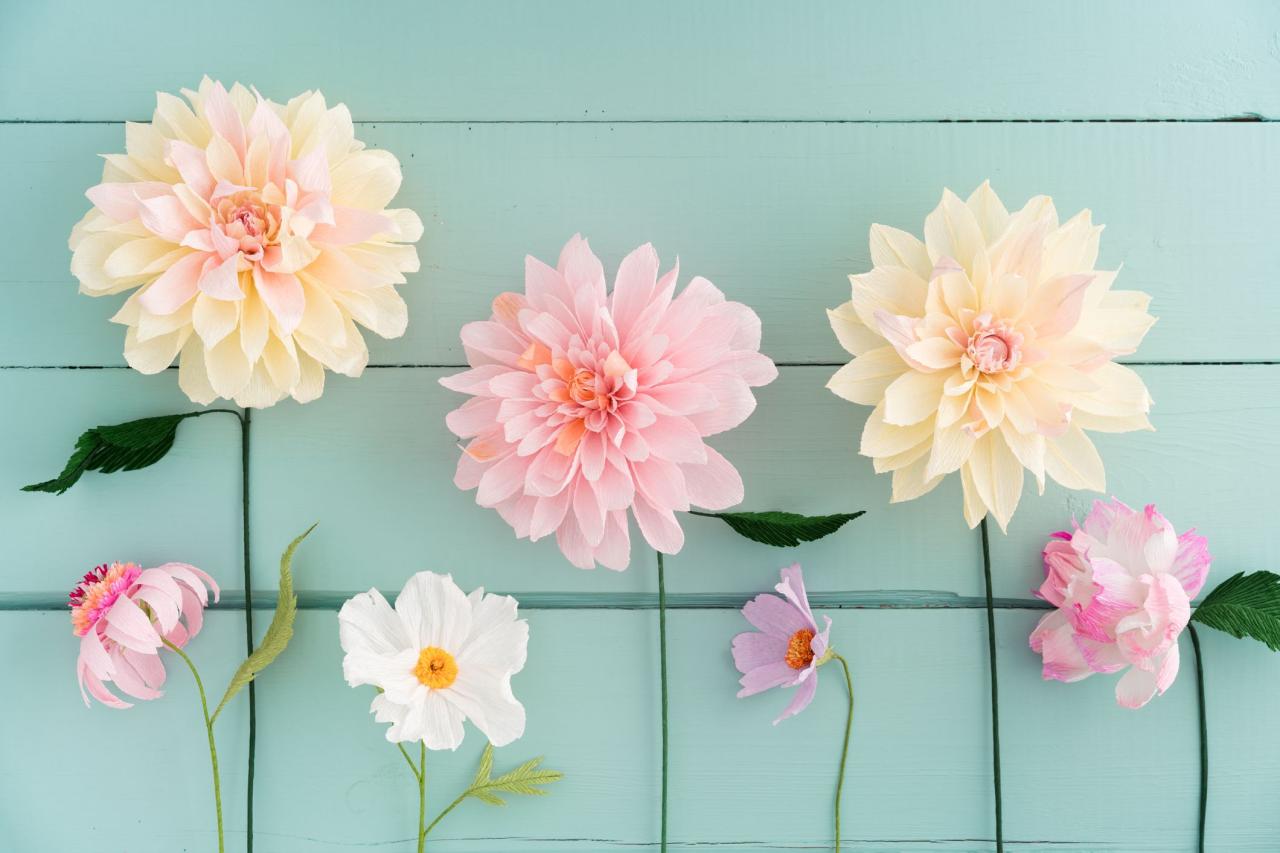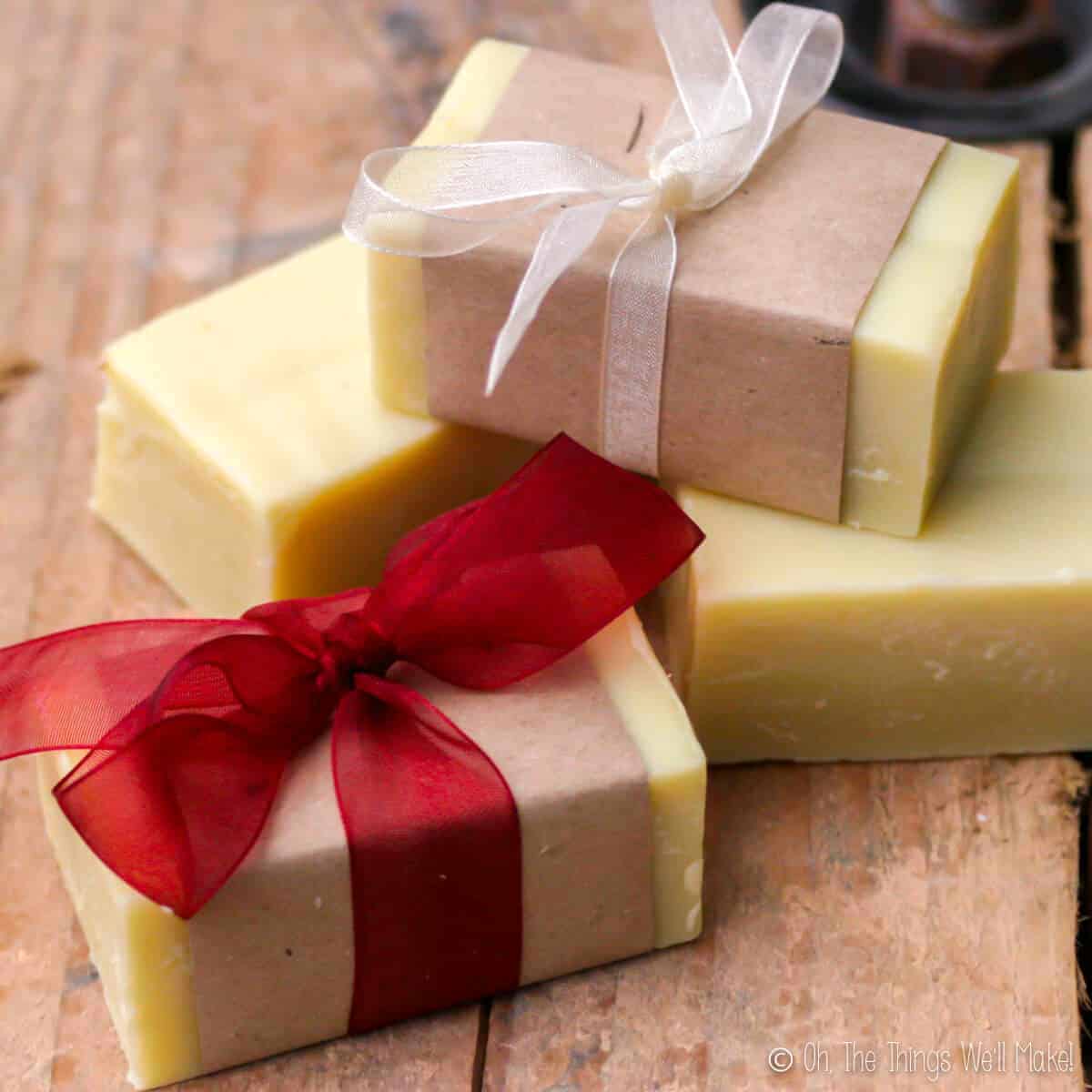DIY flowers offer a wonderful way to bring vibrant color and life into your home. Whether you’re a seasoned floral enthusiast or just starting out, creating your own arrangements allows for personalized expression and cost savings. From classic bouquets to elaborate centerpieces, the possibilities are endless when you delve into the world of DIY flowers.
With a little guidance and creativity, you can transform simple blooms into stunning works of art that will impress your guests and brighten your days. This guide will walk you through the essentials of DIY flower arranging, from selecting the perfect flowers to mastering basic techniques and exploring creative design ideas.
Flower Care and Handling: Diy Flowers

The longevity and beauty of your DIY flower arrangements depend heavily on proper care and handling. Understanding the fundamentals of selecting fresh flowers, storing them correctly, and providing optimal hydration can significantly extend their lifespan and maintain their vibrant appearance.
Selecting Fresh and Healthy Flowers
Choosing fresh and healthy flowers is crucial for ensuring a long-lasting and visually appealing arrangement. Several factors contribute to a flower’s freshness and overall health.
- Petal Appearance: Look for petals that are firm, plump, and free from blemishes, wilting, or discoloration. Avoid flowers with soft or drooping petals, as these are signs of aging or dehydration.
- Stems: The stems should be firm, not limp or mushy. Check for any cuts, bruises, or signs of decay. A healthy stem will absorb water efficiently and support the flower upright.
- Bud Development: For flowers with buds, select those that are slightly closed or just beginning to open. This allows the flowers to bloom gradually, extending their lifespan and providing a longer enjoyment period.
- Fragrance: Fresh flowers typically have a strong, pleasant fragrance. A faint or absent scent can indicate aging or a lack of freshness.
Storing and Hydrating Flowers
Proper storage and hydration are essential for maintaining the freshness and beauty of your flowers.
- Immediate Hydration: Upon receiving your flowers, immediately trim the stems at an angle using sharp scissors or a knife. This allows for better water absorption and prevents the stems from becoming blocked. Rehydrate the flowers in a vase filled with fresh, cool water.
- Water Changes: Change the water in the vase every one to two days, or more frequently in hot weather. Add flower food to the water to provide essential nutrients and help maintain the pH balance, promoting longer flower life.
- Foliage Removal: Remove any foliage that falls below the waterline, as this can decay and contaminate the water, leading to bacterial growth and shortened flower lifespan.
- Placement: Avoid placing flowers in direct sunlight or near heat sources, as these can cause them to wilt and fade quickly. Choose a cool, shaded location away from drafts.
Removing Foliage Below the Waterline
Removing foliage below the waterline is crucial for preventing bacterial growth and extending the lifespan of your flowers.
Foliage submerged in water can decompose and release bacteria into the water, creating an environment that is harmful to the flowers. This can lead to stem blockage, reduced water absorption, and ultimately, premature wilting and decay.
- Cleanliness: Regularly inspect the vase and remove any debris or foliage that has fallen into the water.
- Water Quality: Ensure the water is fresh and clean, as stagnant water can harbor bacteria and accelerate flower decay.
- Stem Maintenance: Trim the stems at an angle every few days to promote water absorption and prevent blockage.
DIY Flower Projects for Special Occasions
Flowers are a beautiful and versatile way to add a touch of elegance and personalization to any special occasion. Whether you’re celebrating a wedding, birthday, or holiday, DIY flower projects can help you create stunning decorations that reflect your unique style and budget.
Wedding Floral Arrangements
Wedding floral arrangements are a key element in setting the mood and theme of the celebration. Consider the wedding’s color palette, style, and venue when choosing flowers. You can create a variety of arrangements, from traditional bouquets and centerpieces to unique installations and garlands.
Here are some ideas for incorporating themes, colors, and personal touches into wedding floral arrangements:
* Classic and Elegant: Opt for white roses, lilies, and hydrangeas for a timeless and sophisticated look.
* Rustic and Romantic: Use wildflowers, succulents, and greenery for a natural and charming feel.
* Modern and Minimalist: Choose bold, geometric shapes and a limited color palette for a contemporary aesthetic.
* Tropical and Vibrant: Incorporate colorful orchids, birds of paradise, and tropical foliage for a festive and exotic vibe.
“When planning your wedding flowers, consider the time of year, as certain flowers are only available seasonally. You can also incorporate personal touches, such as incorporating family heirlooms or using flowers that have special meaning to the couple.”
Birthday Floral Arrangements
Birthday floral arrangements are a thoughtful and festive way to celebrate a special day. Consider the birthday person’s favorite colors, flowers, and hobbies when choosing flowers. You can create a variety of arrangements, from simple bouquets and centerpieces to elaborate floral sculptures.
Here are some ideas for incorporating themes, colors, and personal touches into birthday floral arrangements:
* Bright and Cheerful: Use vibrant colors like yellow, orange, and pink to create a happy and festive atmosphere.
* Elegant and Sophisticated: Choose a classic color palette, such as white, cream, and lavender, for a refined look.
* Fun and Whimsical: Incorporate playful elements, such as balloons, streamers, and confetti, to add a touch of fun.
* Personalized and Unique: Use flowers that represent the birthday person’s hobbies or interests, such as sunflowers for a gardener or lilies for a book lover.
“When creating birthday floral arrangements, consider the age of the birthday person and the occasion. For example, a child’s birthday might call for more whimsical and playful arrangements, while an adult’s birthday might be more suited for elegant and sophisticated designs.”
Holiday Floral Arrangements, Diy flowers
Holiday floral arrangements are a festive way to decorate your home and create a warm and inviting atmosphere. Consider the holiday’s colors, traditions, and symbolism when choosing flowers. You can create a variety of arrangements, from traditional wreaths and centerpieces to unique holiday-themed installations.
Here are some ideas for incorporating themes, colors, and personal touches into holiday floral arrangements:
* Christmas: Use red, green, and white flowers, such as poinsettias, amaryllis, and holly, to create a classic Christmas look.
* Thanksgiving: Use warm autumnal colors, such as orange, yellow, and brown, and incorporate gourds, pumpkins, and leaves for a harvest-themed centerpiece.
* Easter: Use pastel colors, such as pink, yellow, and lavender, and incorporate lilies, tulips, and daffodils for a springy and festive feel.
* Halloween: Use spooky and eerie flowers, such as black calla lilies, purple lisianthus, and dark foliage, and incorporate pumpkins, bats, and spiderwebs for a festive and spooky look.
“When creating holiday floral arrangements, consider the overall theme and color palette of your home décor. You can also incorporate personal touches, such as using family heirlooms or incorporating flowers that have special meaning to you.”
Floral Design Resources and Inspiration

Finding inspiration for your DIY flower arrangements can be as simple as taking a stroll through a garden or as complex as delving into the world of floral design books and online resources. No matter your preferred method, there are countless avenues to explore, each offering unique insights and creative sparks.
Websites and Social Media Accounts
Websites and social media accounts offer a wealth of inspiration and practical guidance for DIY flower enthusiasts. They often feature stunning images, detailed tutorials, and engaging stories from floral designers.
- Blogs and Websites: Websites like “The Flower Scout” and “Blooms by the Box” provide a plethora of floral arrangement ideas, tutorials, and resources for sourcing flowers and supplies. These platforms often showcase diverse styles, from rustic and whimsical to modern and minimalist, catering to various aesthetic preferences.
- Social Media Platforms: Instagram and Pinterest are excellent sources of inspiration for DIY floral projects. Search for hashtags like #floraldesign, #diyflowers, and #flowerarrangement to discover stunning images and step-by-step tutorials from floral designers and enthusiasts worldwide.
Floral Design Books
Floral design books provide a comprehensive guide to the art of flower arranging, offering step-by-step instructions, design principles, and inspiring imagery. They are invaluable resources for both beginners and experienced DIY enthusiasts.
- “The Flower Arranger’s Handbook” by Sarah Raven: This book offers a practical guide to floral design, covering everything from basic techniques to advanced arrangements. It features stunning photography and detailed instructions, making it a comprehensive resource for both beginners and experienced arrangers.
- “The Complete Book of Flower Arranging” by Lesley Jeffries: This comprehensive guide explores the history and techniques of floral design, providing practical advice on selecting flowers, creating different arrangements, and using color and texture effectively. It features a wide range of arrangements, from traditional to modern, offering inspiration for various occasions.
Floral Workshops and Classes
Attending floral workshops and classes offers a hands-on learning experience, allowing you to gain practical skills and insights from experienced floral designers. These classes provide a supportive environment to learn new techniques, experiment with different styles, and connect with fellow floral enthusiasts.
- Benefits of Attending Floral Workshops: Workshops and classes provide a structured learning environment, offering expert guidance, personalized feedback, and opportunities to practice your skills. They also offer a chance to learn about different floral design techniques, experiment with various materials, and connect with other floral enthusiasts.
- Finding Floral Workshops: Local flower shops, community centers, and online platforms like Eventbrite often host floral workshops and classes. Search for s like “floral design workshops,” “flower arranging classes,” or “DIY flower arrangements” to find options in your area.
Conclusion
Creating DIY flower arrangements offers a multitude of benefits, from the satisfaction of crafting something beautiful with your own hands to the joy of sharing your creations with others. It’s a hobby that allows you to express your creativity, personalize your spaces, and bring a touch of nature indoors.
Beyond the visual appeal, DIY flowers can be a therapeutic activity, offering a calming and mindful escape from daily stresses. The process of selecting flowers, arranging them, and adding finishing touches can be a meditative experience, promoting relaxation and well-being.
Benefits of DIY Flower Arrangements
The benefits of creating your own flower arrangements extend beyond the visual appeal. Here are some key advantages:
- Cost-effectiveness: DIY flower arrangements can be significantly more affordable than purchasing pre-made arrangements, especially if you source flowers from local markets or your own garden.
- Customization: DIY flowers allow you to create arrangements that perfectly match your style, color preferences, and the occasion. You have complete control over the design, size, and flower selection.
- Freshness: DIY flower arrangements ensure you’re using the freshest flowers available, resulting in a more vibrant and long-lasting display.
- Personal touch: DIY flowers add a unique and personal touch to any event or space. They reflect your individual taste and effort, making them more meaningful and cherished.
- Creativity and Expression: DIY flower arrangements offer a creative outlet to express your artistic side. You can experiment with different techniques, colors, and textures to create unique and eye-catching designs.
Closing Summary

The beauty of DIY flowers lies in their versatility and ability to reflect your unique style. Whether you’re crafting a romantic centerpiece for a special occasion or simply adding a touch of elegance to your everyday surroundings, DIY flowers offer a fulfilling and rewarding experience. Embrace your creativity, experiment with different designs, and discover the joy of creating stunning floral arrangements that bring beauty and joy to your life.
DIY flowers are a great way to add a personal touch to your home décor, and they can be a lot of fun to create. If you’re looking for a more permanent project, you might consider taking on a DIY fencing project.
DIY fencing can be a great way to define your property and add privacy, and it can be a very rewarding project. Once you’ve finished your fencing, you can add some floral touches to your yard to create a beautiful and welcoming space.




